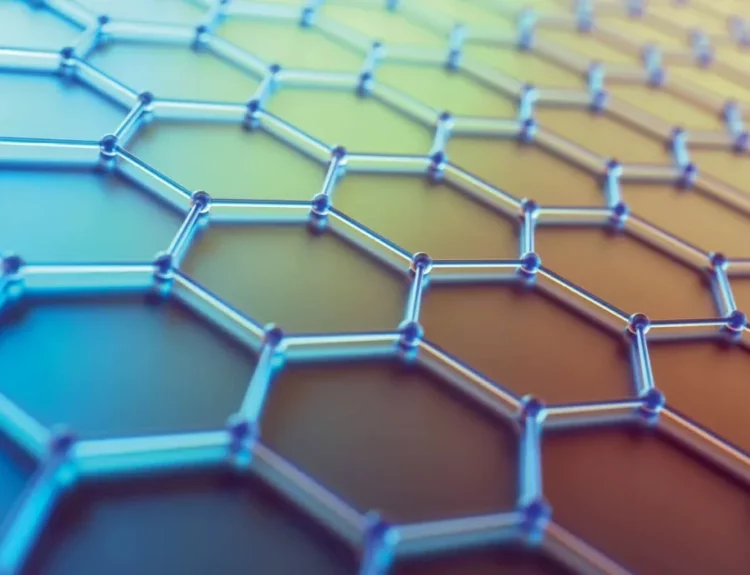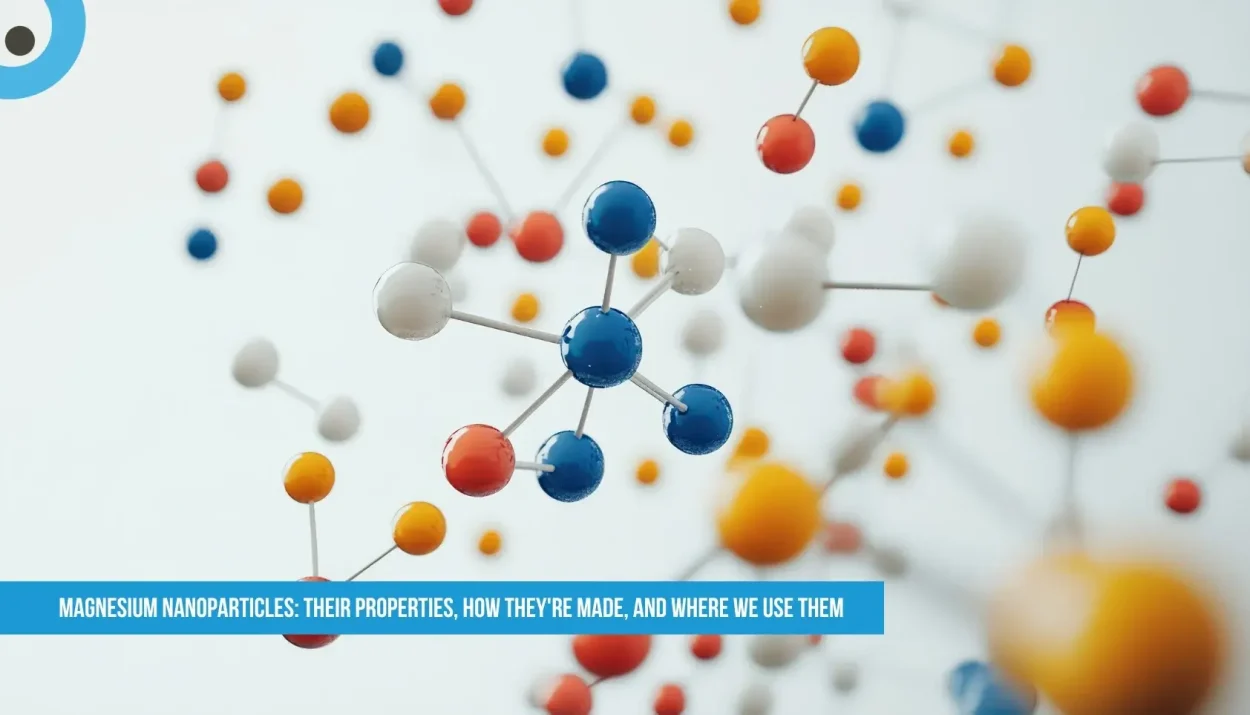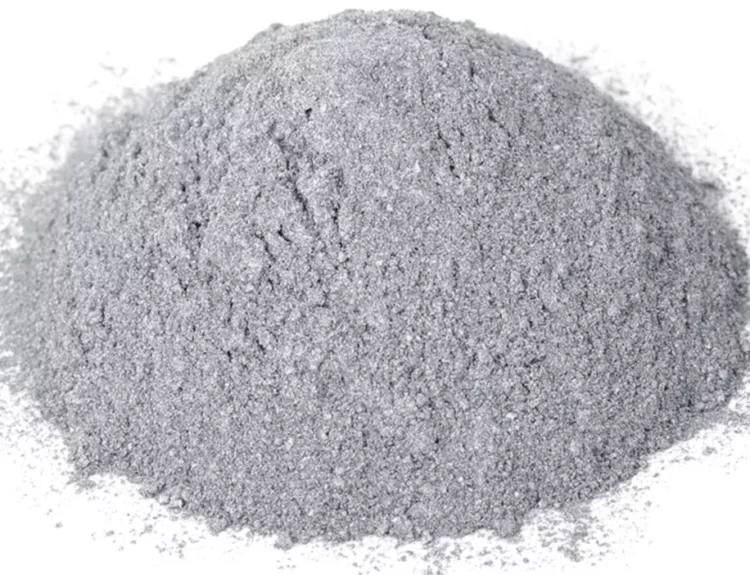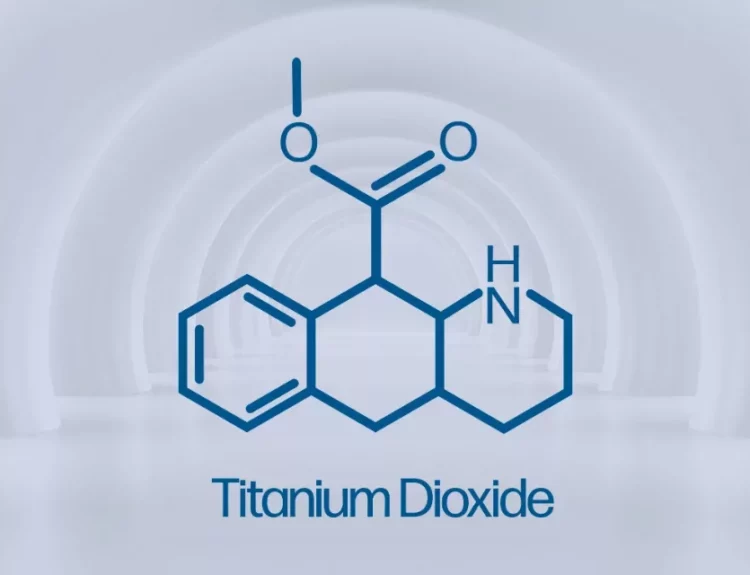Introduction: What are Magnesium Oxide Nanoparticles?
Magnesium Oxide Nanoparticles (MgO NPs) are making a big difference in many industries today. These are tiny particles of magnesium oxide, often 100,000 times smaller in diameter. They’re a grain of sand. Because of their small size, they behave differently from the regular form of magnesium oxide (used in things like fire bricks and cement).
At the nanoscale, materials become stronger, more reactive, and more useful. That’s precisely why scientists and companies are using MgO nanoparticles in medicine, electronics, environmental protection, agriculture, and more.
What Makes Magnesium Oxide Nanoparticles Special?
Here are the top features of these. That’s full of little particles:
- Very Small Size: Ranges between 10 and 100 nanometers.
- High Surface Area: More surface means more contact and better performance in reactions.
- That’s stability: Can handle extremely high temperatures without breaking down.
- Antibacterial Power: Kills bacteria and fungi, making it useful in health and hygiene products.
- Eco-Friendly: It’s non-toxic and biodegradable.
- Electrical Insulator: Great for use in electronics that need materials to block electrical current.
How Are MgO Nanoparticles Made?
There are several methods for producing magnesium oxide nanoparticles. Each method has its benefits, depending on the purpose and best.
Sol-Gel Method
What is it? A chemical method in which a liquid is transformed into a gel and then heated to form nanoparticles.
Why use it? Gives high purity and reasonable control over particle size.
Precipitation Method
What is it? Mixing a magnesium salt with a base to form a solid (precipitate), which is then dried and heated.
Why use it? Cost-effective and straightforward method.
Green Synthesis
What is it? Using natural plant extracts (like aloe vera or neem) to make the particles.
Why use it? Eco-friendly, safe, and sustainable.
Combustion Method
What is it? Fast burning of magnesium compounds with fuels like urea.
Why use it? Quick method with high output.
Hydrothermal Method
What is it? A reaction in a sealed container under heat and pressure.
Why use it? Produces very uniform and well-shaped nanoparticles.
Where Are Magnesium Oxide Nanoparticles Used?
MgO nanoparticles are like all-rounders they’re used in many industries because of their helpful features.
Healthcare and Medicine
Used in antibacterial coatings, wound dressings, and drug delivery.
Helps kill harmful bacteria, such as E. coli and Staphylococcus aureus.
Safe for the body and often used in skin-contact materials.
Environment & Pollution Control
Helps clean water by removing harmful metals and dyes.
Used in air filters and pollution control systems to trap gases like CO₂ and SO₂.
Eco-friendly and biodegradable safe for long-term use in the environment.
Construction and Building
Used in cement and concrete to make them stronger and more heat-resistant.
Helps reduce cracks and improves the lifespan of buildings.
Used in fireproof coatings and materials.
Electronics and Ceramics
Used as an insulator in electronics to stop unwanted electric currents.
Improves strength and heat resistance in ceramic materials.
Used in high-performance refractory materials for kilns and furnaces.
Agriculture
Acts as a slow-release magnesium fertilizer to improve crop health.
Helps adjust soil pH, especially in acidic soils.
Used in pesticides and plant supplements.
Cosmetics and Personal Care
Used in sunscreens for its UV-blocking power.
Included in deodorants and creams because of its anti-odor and antibacterial qualities.
Acts as a pH stabilizer in skincare formulations.
Safety & Handling Tips
Although MgO is considered safe and low-toxic, handling nanoparticles always requires care.
Wear gloves and masks while working with the powder.
Wash hands and surfaces after use.
Avoid breathing in the powder always work in a well-ventilated area.
Conclusion: Why MgO Nanoparticles Matter
Magnesium Oxide Nanoparticles are tiny but mighty. They offer a unique blend of high-temperature resistance, antibacterial properties, and eco-friendliness making them useful in a wide range of applications, from wound care to wastewater treatment.
As science and technology continue to advance, MgO nanoparticles will play a larger role in solving real-world problems. From cleaner air and water to safer electronics and stronger buildings, their future looks bright!






